International Energy Conservation Code – IECC
On January 1, 2012, the 2009 International Energy Conservation Code (IECC) became the energy code in Texas for commercial buildings and for low-rise residential buildings (three stories or less in height above grade) that cannot be certified using the International Residential Code (IRC).
With the Texas Legislature’s adoption of House Bill 1736 in May of 2015, as of September 1, 2016, the 2015 version of IECC has replaced the 2009 version.
Bluegill Energy can help you keep compliant with the residential requirements of the IECC or the many city- and region-specific codes. With more than 15 years of experience cutting through the complexity of energy codes, we can help builders like you save time and energy by providing in-depth answers to your questions and concerns.
The IECC contains two sets of provisions for compliance:
- Commercial provisions
- Residential provisions
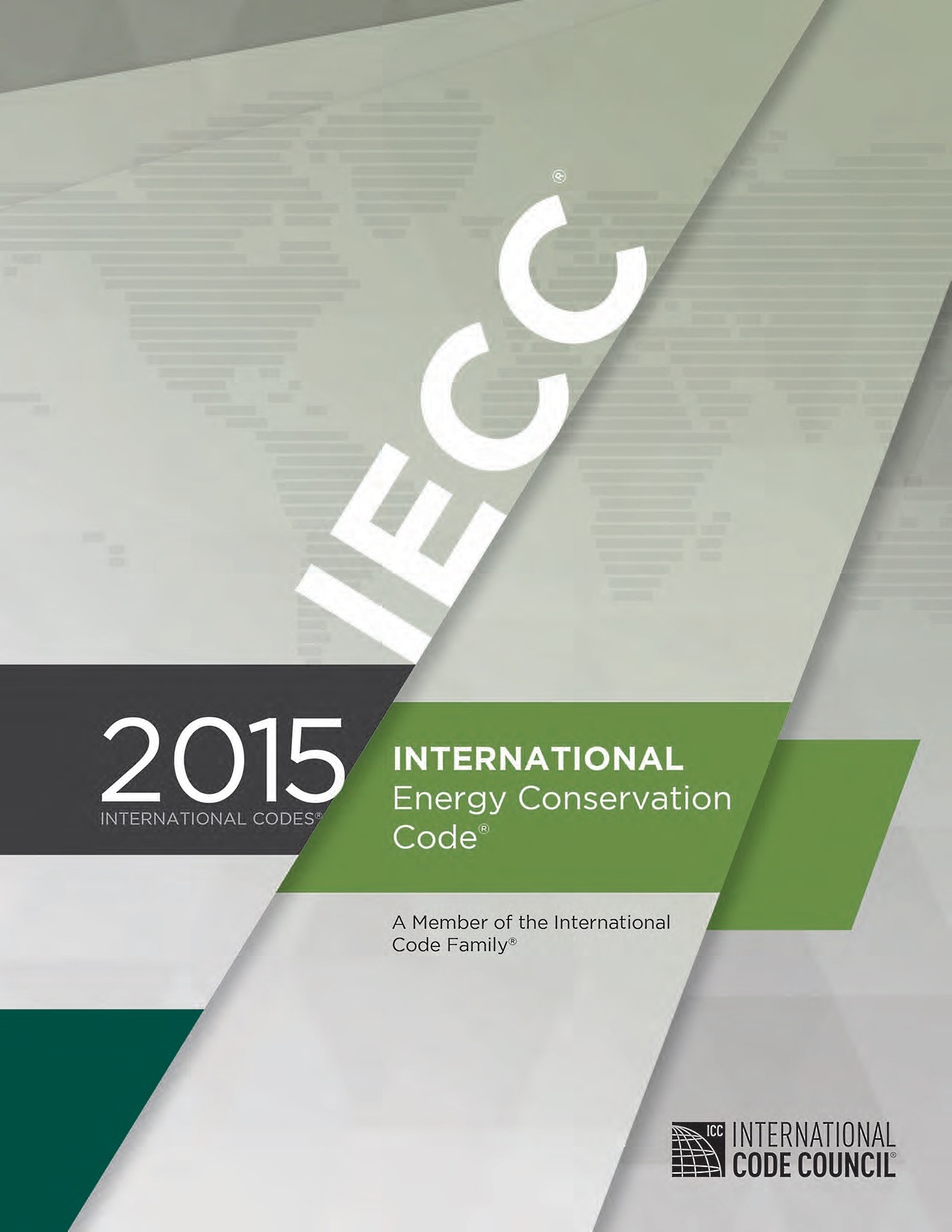
The residential provisions of the IECC establish the minimum regulations for energy-efficient building using the following compliance paths:
- Prescriptive – Choice of options
- Total U of A – RESCheck™
- Simulated Performance – IC3- Energy Systems Laboratory, REM Rate – NORESCO, Energy Gauge USA
- Energy Rating Index (ERI) – REM Rate – NORESCO, Energy Gauge USA (2015 IECC/IRC only)
Each compliance path may have mandatory, prescriptive or tradeoff requirements. Every building design must meet mandatory requirements no matter which compliance path is chosen. Performance testing and commissioning is a mandatory requirement that requires blower door and duct leakage testing, performed by trained and approved professionals.
The requirements vary based on the Climate Zone in which the building is constructed. Texas has three Climate Zones (2, 3 and 4), outlined in the map below. Additionally, some cities may have additional requirements beyond those required by the codes.
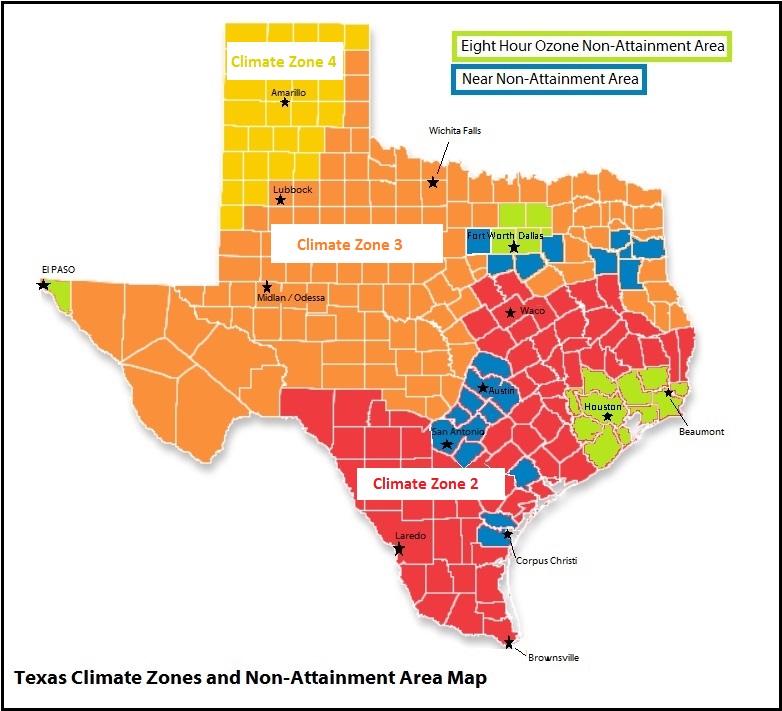
To meet compliance, certified professionals must conduct inspections during various stages of construction, such as:
- Prior to the application of interior wall coverings in order to verify thermal components such as insulation, windows, and air sealing.
- At final stages in order to verify lighting and other components
Energy Rating Index (ERI) in Texas
As of September 1, 2016, the Texas option for compliance using the Energy Rating Index (ERI) now includes a set of ERI values that differ from those published in the 2015 versions of the respective codes. The ERI values will decrease (become more stringent) every three years until September 1, 2022. The first table below indicates the original ERI values as published in the 2015 IECC/IRC and the second table below indicates the adjusted Texas ERI values and dates of compliance per Texas 84th Legislatures HB 1736 and published in the Texas Health and Safety Code Section 388.003 (b-1).


Let Bluegill Energy’s trained and certified professionals make Energy Code and Green Building program compliance cost effective and easy for you!
Need more information?
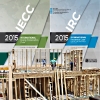
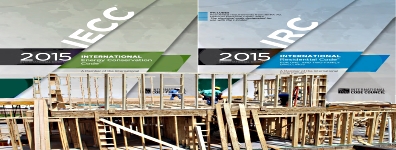 Energy Code Compliance
Bluegill Energy helps residential builders, developers and contractors like you…
Learn More >
Energy Code Compliance
Bluegill Energy helps residential builders, developers and contractors like you…
Learn More >
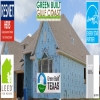
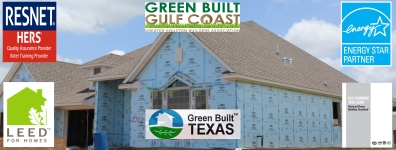 Eco Friendly Design Consultation
In today’s building market, demand has grown for high-performance/low-impact eco-friendly…
Learn More >
Eco Friendly Design Consultation
In today’s building market, demand has grown for high-performance/low-impact eco-friendly…
Learn More >
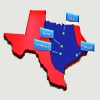
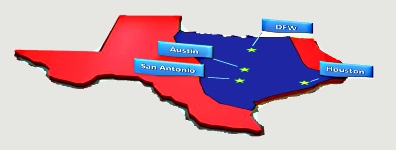 Areas We Serve
Bluegill Energy’s certified professionals provide independent, third-party verification inspections, performance…
Learn More >
Areas We Serve
Bluegill Energy’s certified professionals provide independent, third-party verification inspections, performance…
Learn More >
- Bluegill Energy |
- P: (281) 947-3724 |
- E: info@bluegillenergy.com
- Office: 738 Highway 6 S, Suite 900, Houston, TX 77079
- Mail: 2211 Rayford Rd, Suite 111-213, Spring, TX 77386
Copyright © 2016 Bluegill Inc. | All Rights Reserved










